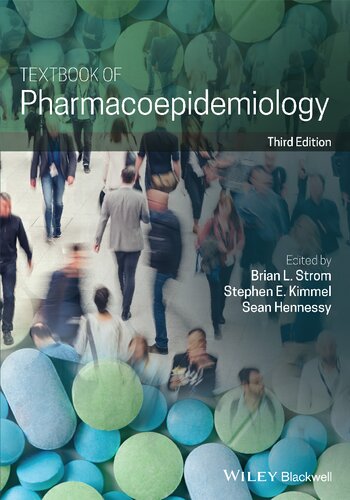

Most ebook files are in PDF format, so you can easily read them using various software such as Foxit Reader or directly on the Google Chrome browser.
Some ebook files are released by publishers in other formats such as .awz, .mobi, .epub, .fb2, etc. You may need to install specific software to read these formats on mobile/PC, such as Calibre.
Please read the tutorial at this link. https://ebooknice.com/page/post?id=faq
We offer FREE conversion to the popular formats you request; however, this may take some time. Therefore, right after payment, please email us, and we will try to provide the service as quickly as possible.
For some exceptional file formats or broken links (if any), please refrain from opening any disputes. Instead, email us first, and we will try to assist within a maximum of 6 hours.
EbookNice Team

Status:
Available4.4
19 reviewsPharmacoepidemiology originally arose from the union of the fields of clinical pharmacology and epidemiology. Pharmacoepidemiology studies the use of and the effects of medical products in large numbers of people and applies the methods of epidemiology to the content area of clinical pharmacology. This field represents the science underlying studies of the effects of medical products (such as drugs, biologicals, and devices) in real world use.
Strom’s Textbook of Pharmacoepidemiology meets the increasing need for people to be trained in the field. Designed to meet the need of students, this textbook offers an approach that focuses on the core of the discipline, providing a focused educational resource for students. The book is designed for students at all levels: upper-level undergraduates, graduate students, post-doctoral fellows, and others who are learning the field. Case examples feature in most chapters, and all chapters include key points and a list of further reading.
Fully revised and updated throughout, Textbook of Pharmacoepidemiology, 3rd edition is a useful introduction and resource for students of pharmacoepidemiology, both those enrolled in formal classes and those learning in “the real world,” who will respond to the challenges that they encounter.